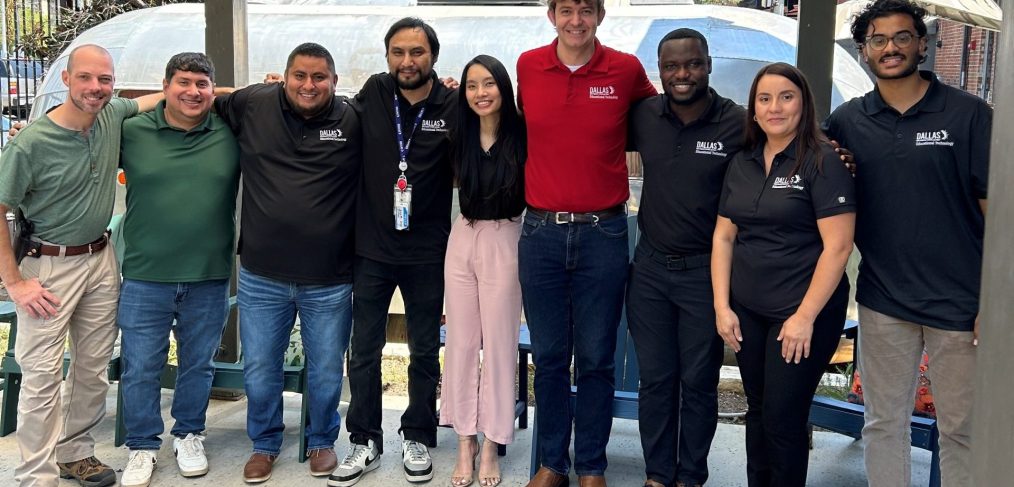The HCM Benefits Department is launching Tuesday Talks: Achieving Your Retirement Goals for the school year. This new initiative provides district employees with essential knowledge and resources to prepare for a successful and secure retirement.
Diverse and engaging events
On select Tuesdays each month, the HCM Benefits Department will host a variety of retirement-focused events to cater to different learning preferences and schedules. The program may include:
- Virtual seminars—Convenient online sessions providing employees with information and resources for retirement.
- In-person seminars—Interactive face-to-face sessions providing employees with information and resources for retirement.
- Lunch and Learns with Trusted Capitol Group—Informative lunchtime sessions providing guidance on Social Security, Teacher Retirement System benefits, retirement savings, and more
- Special seminar with TRS—A comprehensive seminar in March featuring insights from TRS
Topics Covered
Seminars will cover a range of critical topics to help employees prepare for retirement, including but not limited to:
- Steps to Retirement—Detailed guidance on the essential steps to take as you approach retirement
- Retirement Service Award—Information on how to receive payment for accumulated local days
- Retirement Savings Accounts—Insights on different types of retirement accounts and how to maximize retirement savings.
- Eligibility and more—Understanding the criteria for retirement benefits and other important considerations
How to participate
Due to space constraints, the HCM Benefits Department encourages all employees to frequently check the Benefits website for the latest event details and registration information. Registration will be on a first-come, first-served basis, so employees must sign up early to secure a spot.
Here’s how to stay updated and register:
- Visit the Benefits website—Regularly check for updates on upcoming events.
- Register for events—Employees may sign up for the seminars that fit their interests and schedule.
- Mark your calendar—Employees may add the event dates to their calendar, so they don’t miss the event.
For more information and to register for upcoming events, please click here or email retirement@dallasisd.org.

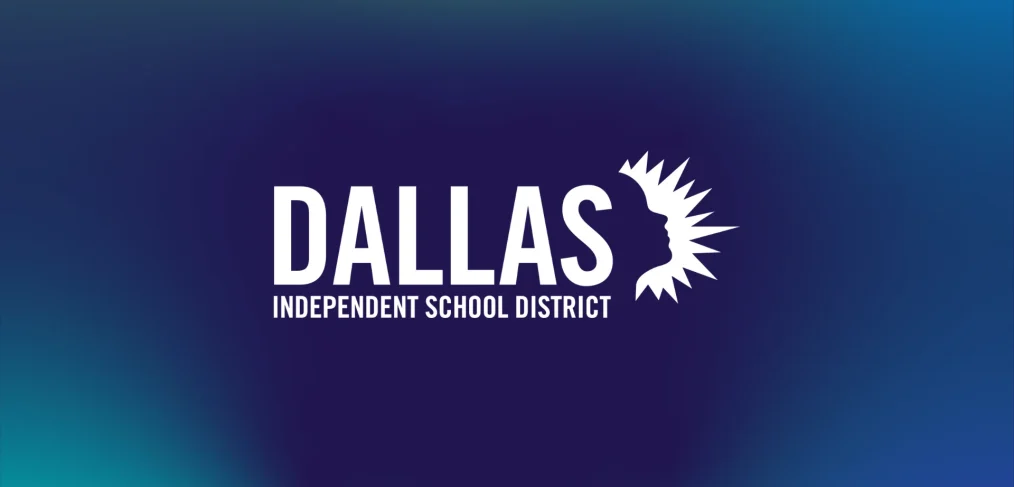

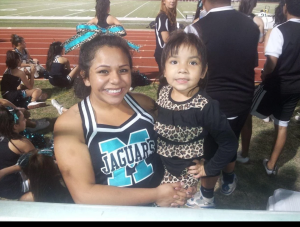
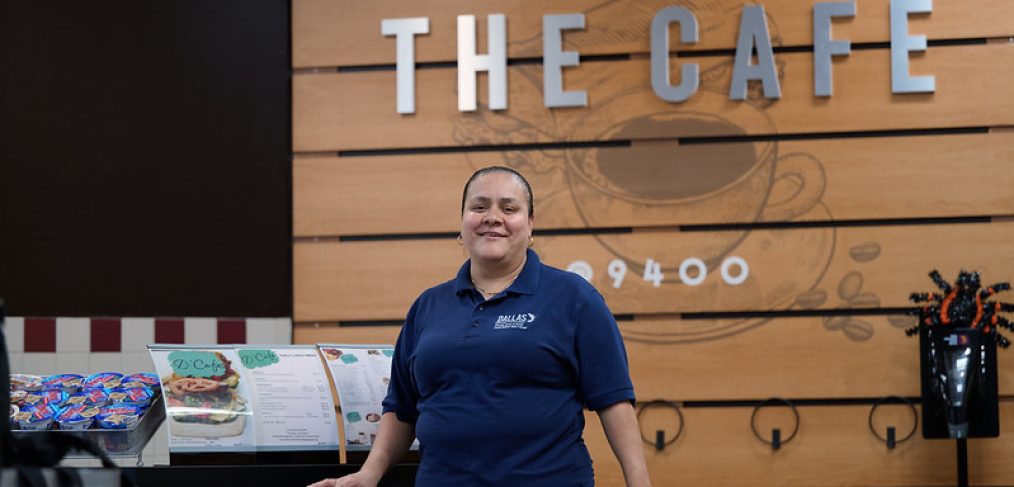
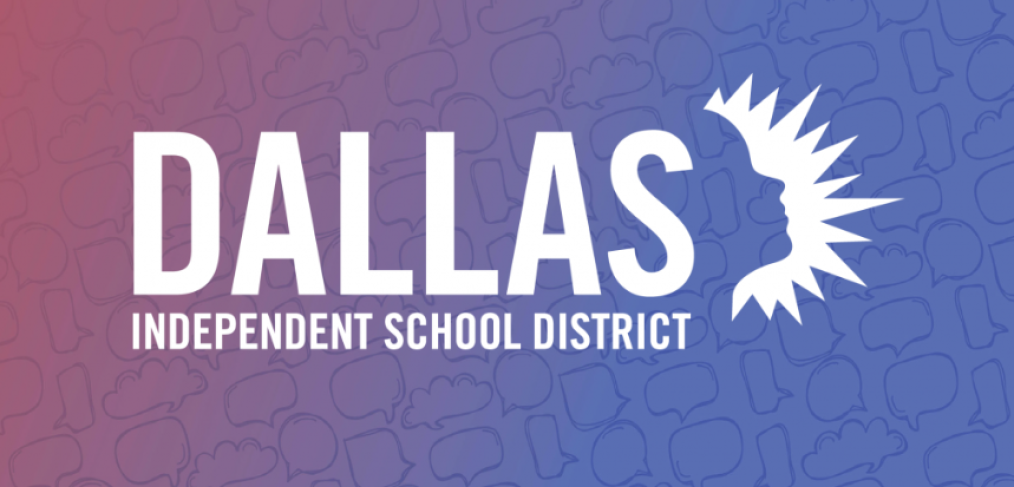

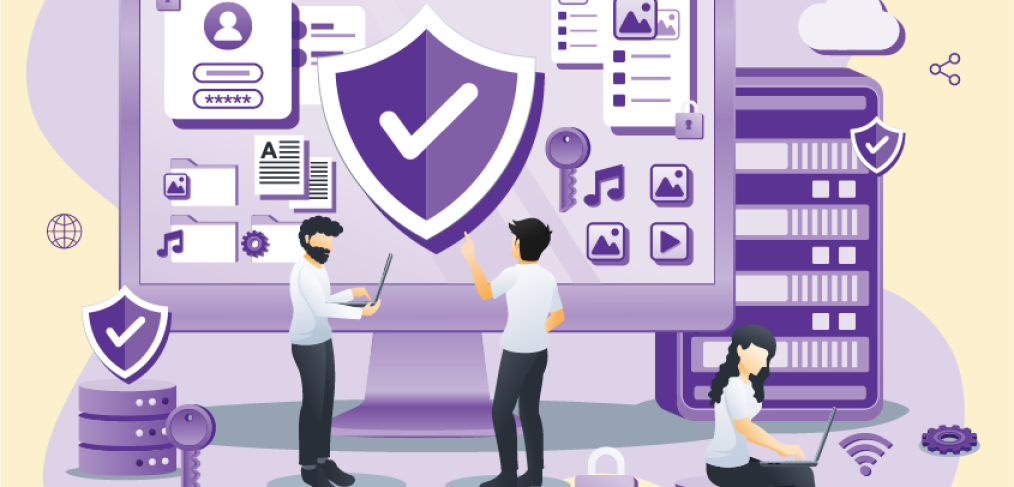
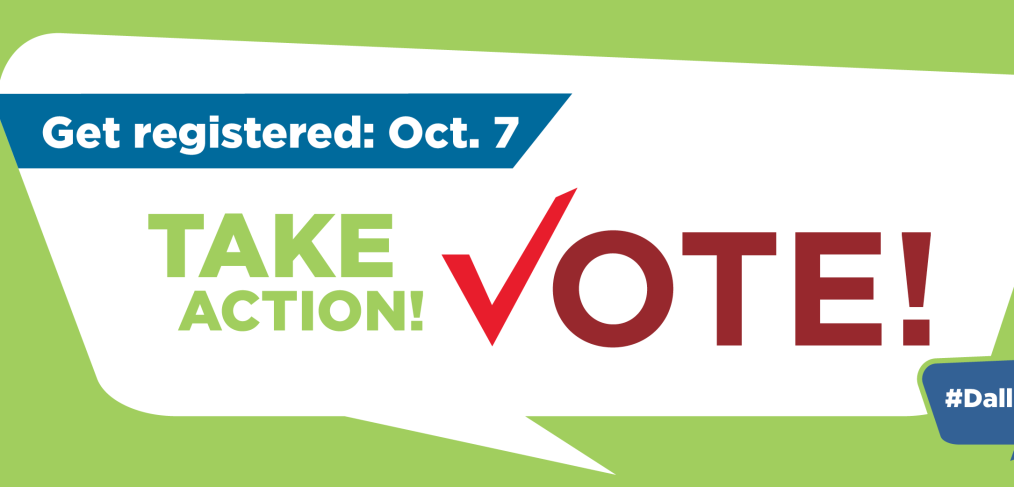
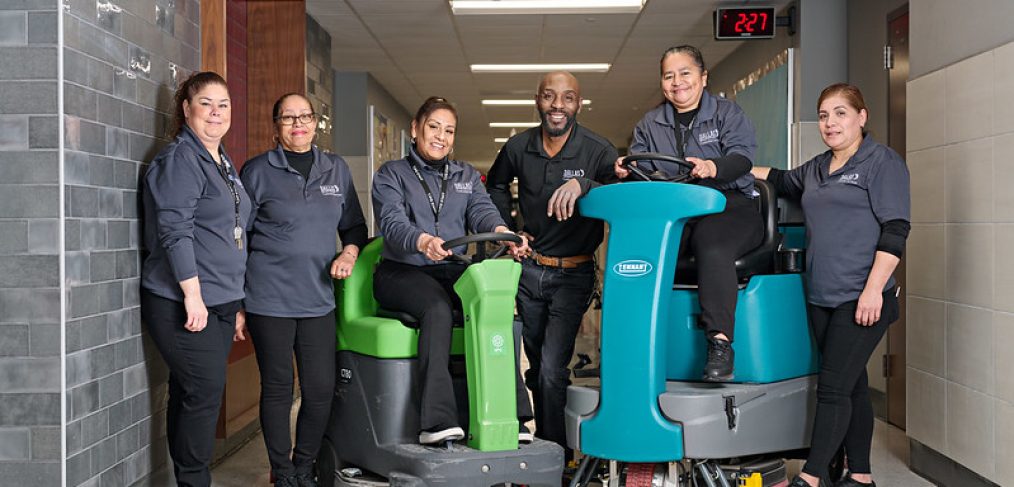
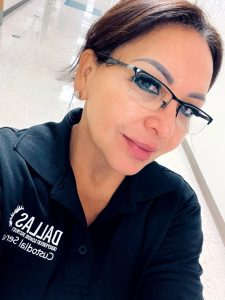 and later graduating from district schools.
and later graduating from district schools. 
